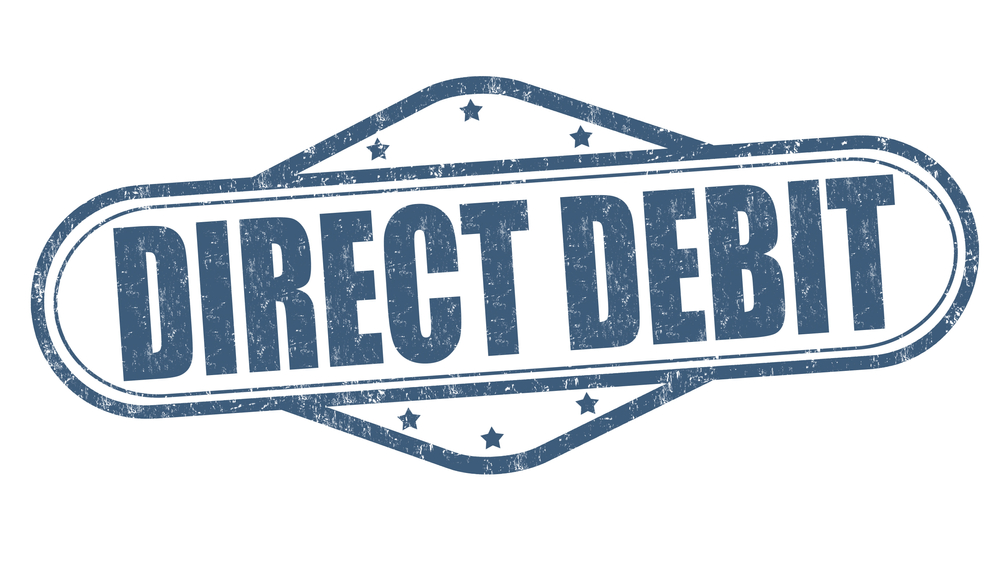All employers have to report payments made to employees and closely held payees to the ATO using Single Touch Payroll reporting from July 2021.
Single Touch Payroll (STP) Phase 2 was initially planned for 1 July 2021 to align with the mandatory reporting for all employers, but it has been postponed to 1 January 2022. The ATO will allow employers until 31 March 2022 to start reporting if they don’t have an STP reporting solution in place yet. Some payroll software providers already have deferrals in place to allow a longer time for the transition to Phase 2 reporting.
The planned STP expansion has been extended because of COVID-19 impacts on business and accounting and payroll software providers.
STP Phase 2 will require additional information to be reported with each STP pay event.
Accounting and payroll software products will be upgraded to include broader reporting parameters and categories in line with the ATO requirements for Phase 2.
The Phase 2 expansion will allow employers to report information to multiple government agencies in the STP report. Standardised categorisation of income components will make it easier for employees to interact with Services Australia.
The changes will also include detailed income types, lump-sum payments, itemised allowances, child support and the ability to lodge tax file number declarations from within STP reporting. Employment separation certificates upon the termination of employment will no longer be needed, as Phase 2 reporting will include the reason an employee ceased employment.
If you’d like to review your payroll software and systems before STP Phase 2 starts, talk to us today.
Otherwise, there is nothing you need to change right now – we’ll keep you updated when the implementation is closer.








